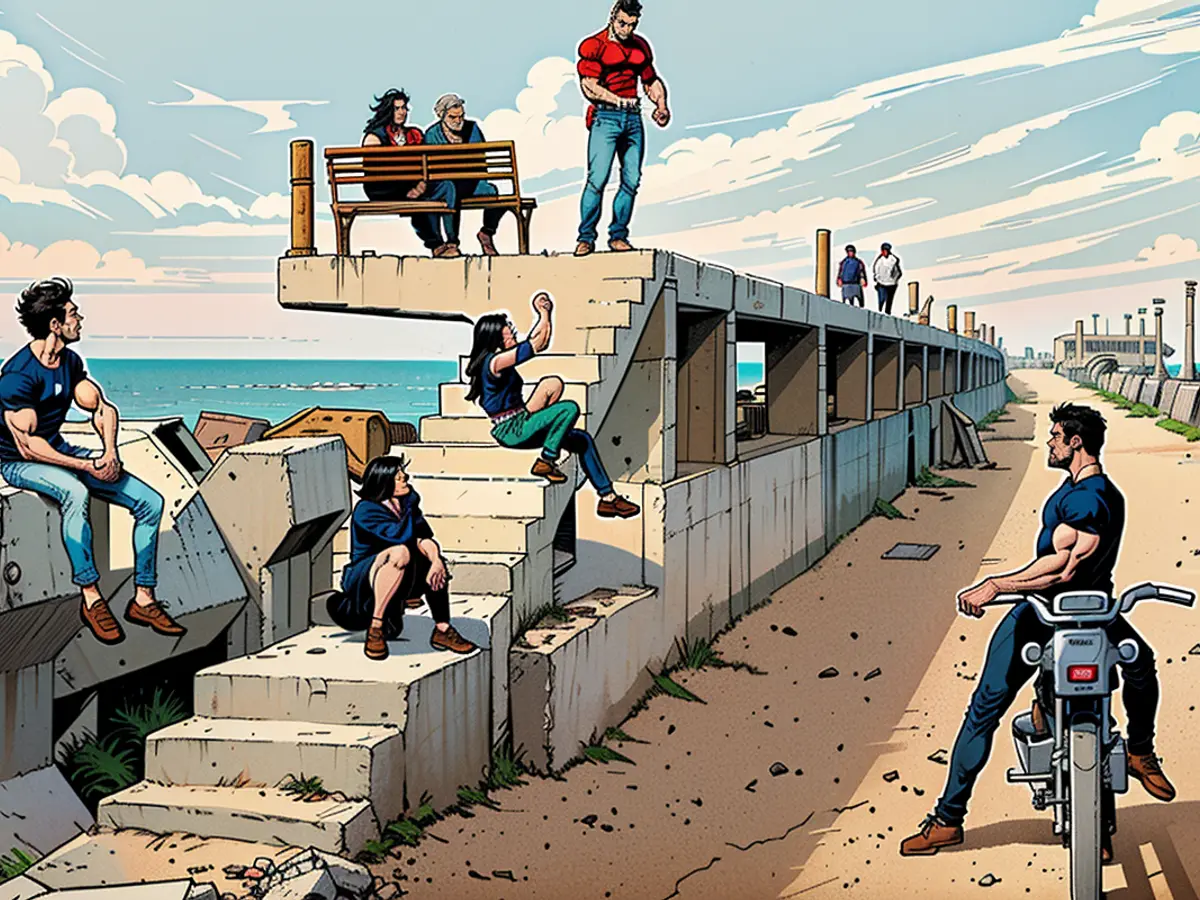Unique images capture the deterioration of the ecosystem on the planet's largest lake.
Discharging this picturesque scene, Javanmardi reflected on the inconvenience of the accompanying gammarus: a marine crustacean resembling a freshwater shrimp that would nibble at his feet whenever he waded into the water. He had always detested them, but as he came to realize their absence, an uneasiness arose. "That was the first thing I noticed change," he noted. "Later I learned that, due to pollution, they had become extinct. They had been food for larger species..."
Gorging Europe and Asia, the Caspian is the world's largest inland water mass, a monstrous-sized endorheic lake—or major lake—bounded by five countries: Iran, Russia, Azerbaijan, Kazakhstan, and Turkmenistan. Over the past few years, it has alarmed those along its shores due to the substantial pollution it has endured, as described by the UN Environment Programme as "an enormous burden from oil extraction and refining, offshore oil fields, radioactive waste from nuclear power plants, and large volumes of untreated sewage and industrial waste mainly from the Volga River."
This pollution prompted Javanmardi to embark on a decade-long photography project, grappling with the environmental and social consequences of the area's degradation. The book "Caspian: A Southern Reflection," published by Loose Joints, is the culmination of his investigations, offering both a caution and an invitation to learn. "This project is the essence of my life and career," Javanmardi conceded, speaking from Lausanne, Switzerland, where he resides today. "As an artist, I've always desired to be an honest observer."
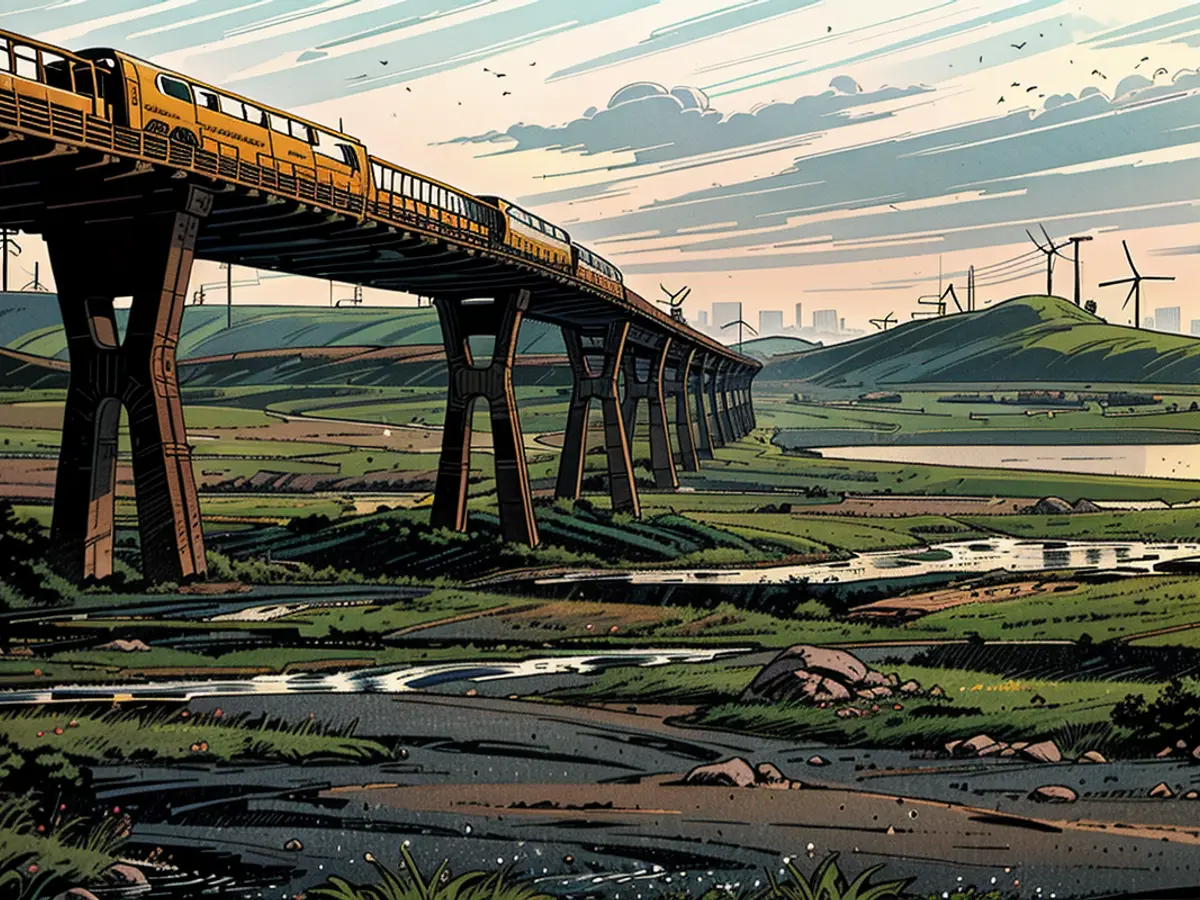
The publication fluctuates between landscapes, portraits, and the ambient scenes that bridge the gap between the two. One picture depicts three family members standing before rough, white waves, with the indistinct foot of a fourth person visible through the car window to their left; elsewhere, a mustached man is pictured alone at a plastic table, despair creeping across his face. Images of abandoned ships and other discarded objects build upon the destruction, accompanied by a tinge of melancholy.
Nominated for last year's Prix Elysée, an early version of this project received the special jury mention. Subsequently, the project's producer, Nathalie Herschdorfer, penned its introduction, remarking that "throughout its pages, we encounter scenes that leave an aftertaste of desolation." She added that "the inhabitants who traverse these landscapes, often photographed from a distance, express loneliness mixed with a sense of sadness."
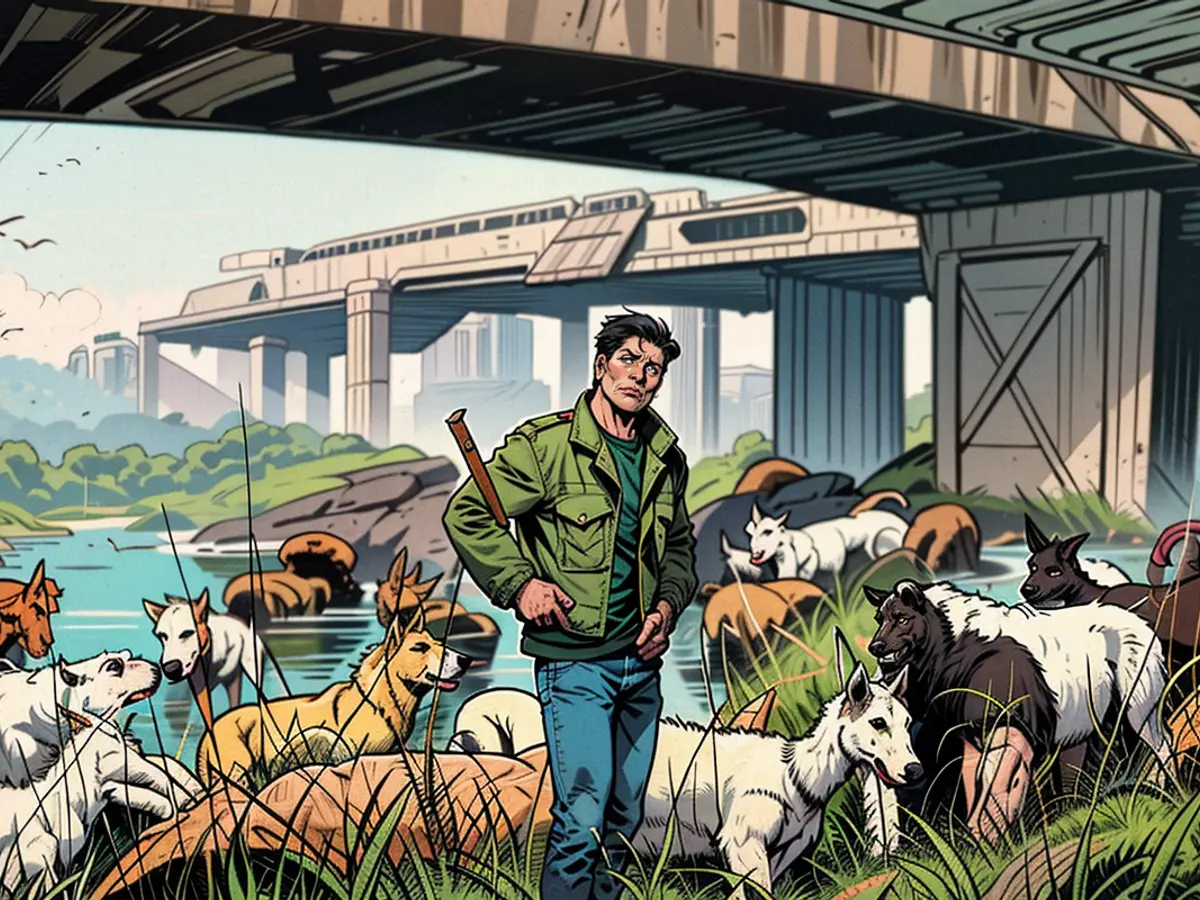
"I asked people, 'what role does the Caspian play in your life?'" Javanmardi explained, initiating his project at Iran's Anzali Lagoon. "They were very open, sharing their memories and emotions. They call it the Mother Caspian, and one shepherd man said, 'it's like we were not good to her, we were not loving enough, and now she's sad, and she's not going to share her love.'"
Indeed, while the Caspian once served as a pivotal hub for Iran and Europe's interactions, in the past century it has transitioned into a leisure destination. Now, according to Iran's Environment Department, its waters are contaminated with over 120,000 tons of pollutants annually—domestic, industrial, and oil residue. Javanmardi estimates that the fishing rate has dropped by 70%. "If it shrinks, people's lives shrink," he stated, furnishing further statistics that indicate the water levels could decrease by between 9 and 18 meters by the end of the century. Political confrontations, like Russia's invasion of Ukraine, also exacerbate the problem (the former is suspected of deploying its Caspian Flotilla to launch attacks).
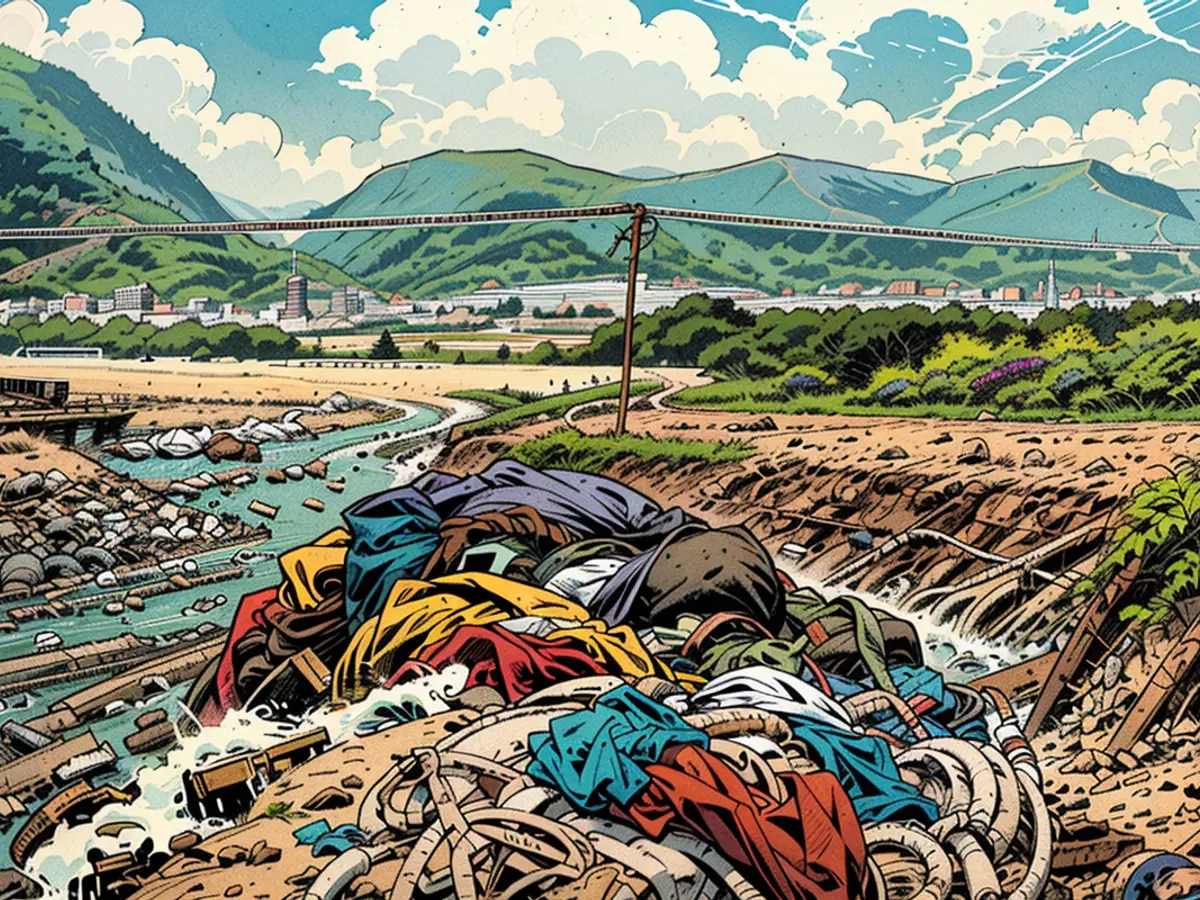
Javanmardi further observed that language lies at the heart of the apathy, mentioning that while it's frequently referred to as the Caspian "Sea," the Caspian is technically a lake. He suggested that this categorization would trigger stricter waste and pollution regulation by the governing bodies. "They (politicians) don't call it a lake, and one of the reasons is that if they change it, the entire discussion around regulation would change," he suggested.
His motives for the project spanned awareness-raising, he elaborated. "That's my goal, and so I tried to utilize the body of water as a means to communicate culture and politics, global politics—because this isn't simply about Iran," he said. "I've aimed to show that the Caspian is still alive. For me, it's the last attempt at life—you always feel something is in the air when you view the photos. I like to offer this space to the audience, to feel this."
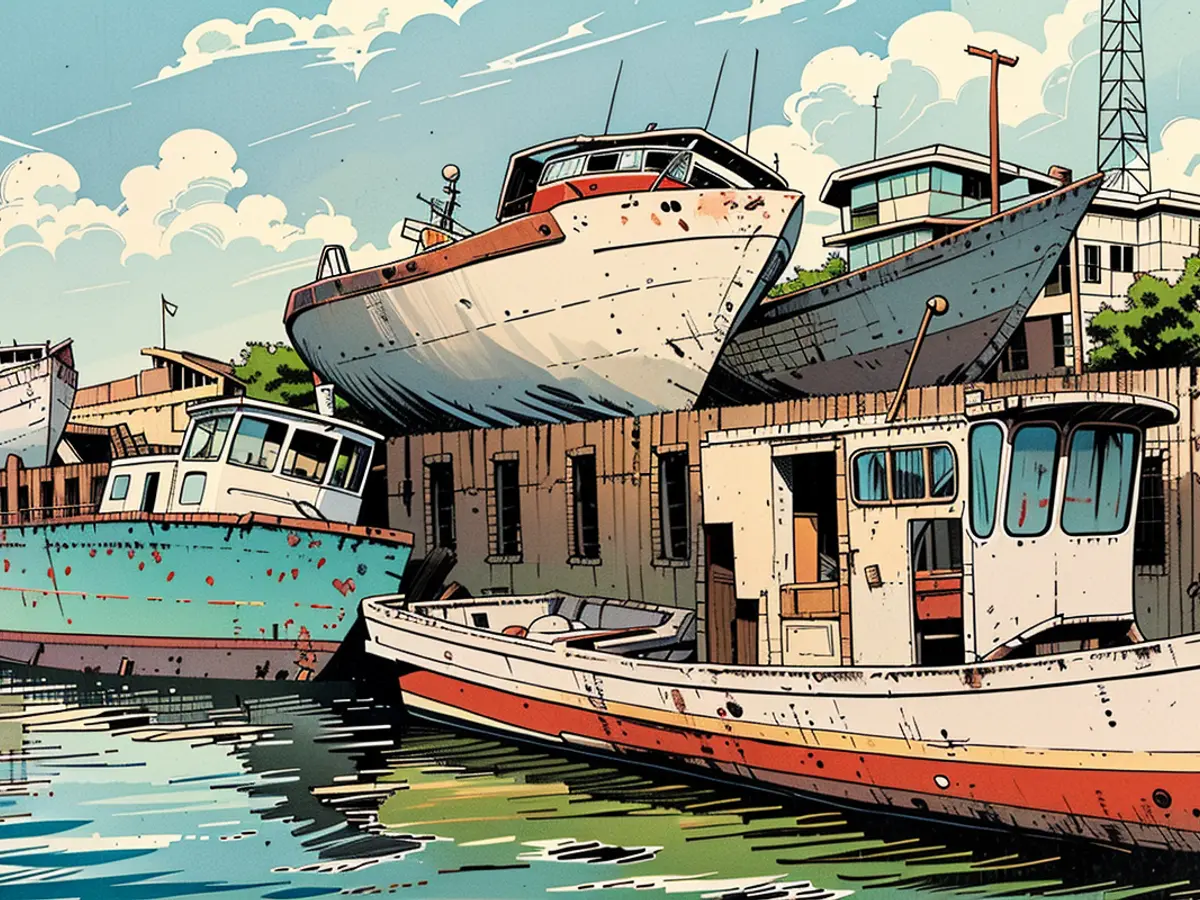
Despite the indifference of high-ranking political figures, during his travels Javanmardi discovered a sense of community among the individuals he met. "The way they respect the environment and are cautious and cherish the Caspian, that is what fills me with hope," he communicated. "As long as I see this spirituality among people who understand that they're fortunate to live beside that sea, I believe, as a native of the region, we swear to protect it from being ruined."
"Caspian: A Southern Reflection" by Khashayar Javanmardi is published by Loose Joints and available now.
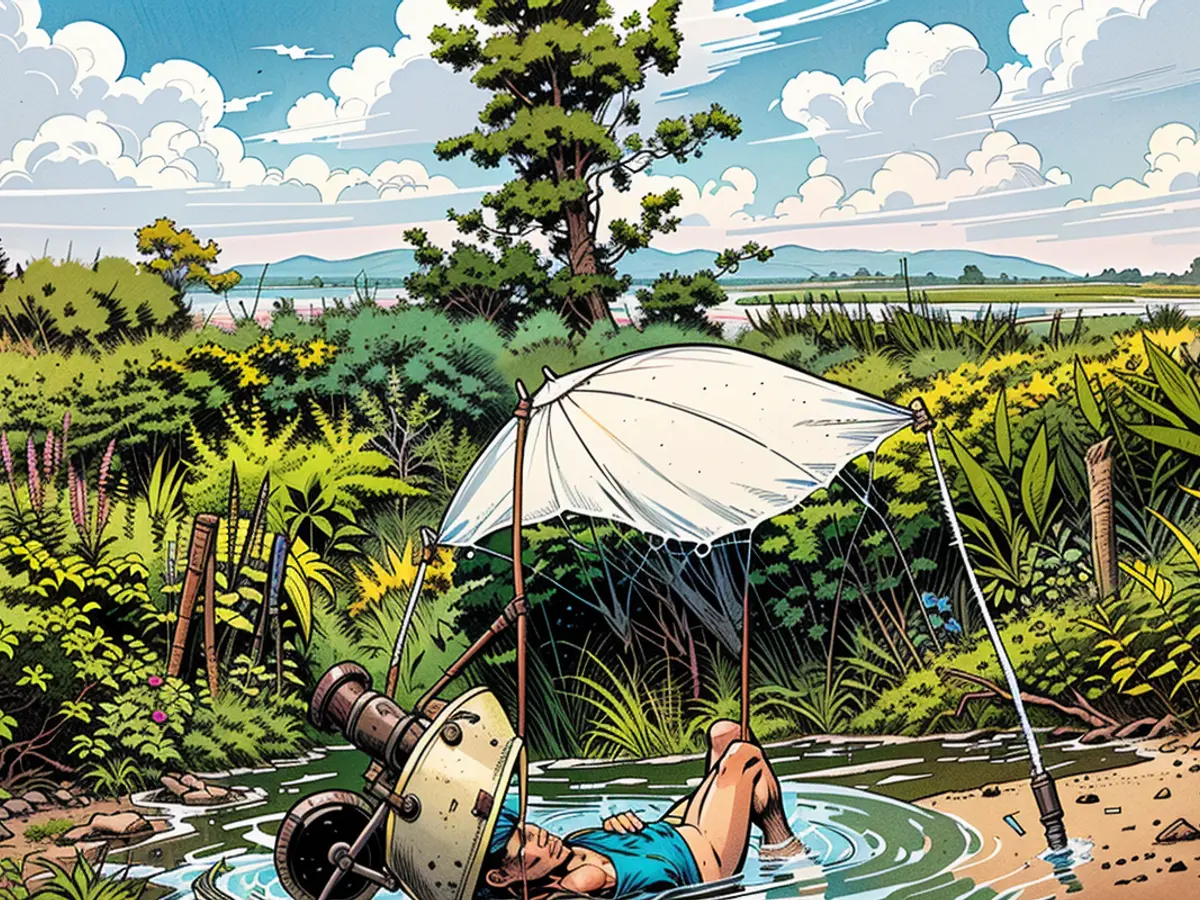
After recognizing the changes in his surroundings, Javanmardi decided to document the environmental and social effects of the Caspian's pollution through photography. The style of his work transitions between landscapes, portraits, and ambient scenes, reflecting the melancholy caused by the area's degradation.
Furthermore, Javanmardi expressed that the Caspian, often referred to as a sea, should be categorized as a lake to promote stricter waste and pollution regulations. This change in perspective, he believed, would encourage politicians to take more proactive steps towards protecting the environment.
